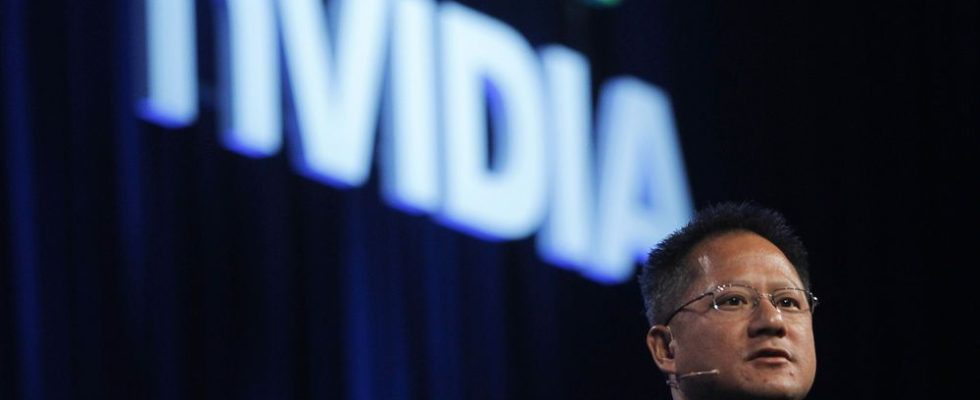The red alert triggered at the end of the year at Google after the launch of the first version of ChatGPT was justified. Admittedly, the search giant has developed its own generative AI; its Bard application, accessible with a VPN by typing bard.google.com, is actually much more useful than OpenAI’s, because it works in real time and isn’t frozen in 2021 – it still generates its share of errors. But the threat persists at the very heart of Google’s business: advertising. On May 28, Nvidia, which makes the microprocessors used for artificial intelligence, and the global advertising juggernaut, WPP, signed a deal which will give a new dimension to the sector with increased competition.
Today, an advertising creation follows a well-defined process where the creative agency defines the message, designs and produces visual media: graphics, photos, videos for all types of media. Other specialized agencies ensure dissemination. This is what makes for amazing films with a car filmed in an exotic land and a plethora of means.
The promise of the Nvidia-WPP agreement is as follows: to create visuals using fixed or animated image generators, with an infinite number of possible variations, depending on the market, the target and the customer’s requirements. Thus, the campaign for a high-end Chinese electric car BYD or Geely, two brands comparable to Tesla, and customers of WPP, will not require any ruinous shooting and it will be transposed in a few clicks, passing from the streets of Los Angeles to those from Paris or Hanoi without anyone having left the 20 floors of the WPP campus in Shanghai.
This is a powerful alliance where a technical supplier – Nvidia – will serve the world’s leading advertising group, with its 18 billion dollars in revenue in 2022 and its 115,000 employees. Not only will the campaigns be adaptable to different markets, but they will be available with infinite granularity: Stephan Pretorius, head of technology at WPP, explained to the FinancialTimes that generative AIs will make it possible to create “10,000 versions [d’un message] in a few minutes”.
Of course, Google will not be outdone. Ten days before the announcement of the WPP-Nvidia agreement, the search engine exposed what it presents as its “third transformation”. The idea is to further personalize ad formats and accurately predict consumer behavior.
The number of powerful digital players will increase considerably. On May 30, Nvidia joined the very exclusive club of market capitalizations above 1,000 billion dollars, so far limited to Apple (2,700 billion), Microsoft (2,500 billion), Google (1,600 billion), and Amazon (1,200 billion).
Nvidia is therefore the first to access this subjective status of Gafam. Some had predicted that the next would be to look for Uber, Airbnb or Netflix, but no one had anticipated the importance of the technological factor deployed by Nvidia. Its founding CEO, Jensen Huang, made no secret of his intention to verticalize through various platforms dedicated to specific trades or industrial sectors.
The other power will be on the side of companies that will attack the tech giants in the area of direct customer relations. Sector analysts predict that tomorrow (morning) people will be looking for a product with a simple description – possibly in the form of an instruction dictated to their smartphone – without necessarily going through a specific e-commerce platform. In the same way, the search will be done without regard to the identity of the search engine. Ditto for tourism, where a generative AI will turn into a travel agent who will be able not only to give advice, but also to make arbitrations on third-party sales sites. Welcome to the new era of intermediation provided by OpenAI, or otherwise.
It’s both dangerous and terrifying for brands like Amazon, Google, Expedia or Airbnb. All have built their valuable relationship with customers through state-of-the-art platforms. The latter could be replaced by assistants, which will be as many personalized agents. The brands will endure, but they simply risk being diluted in the maelstrom of artificial intelligence.
